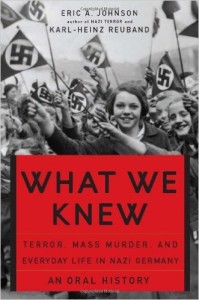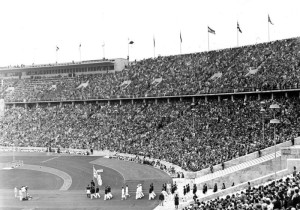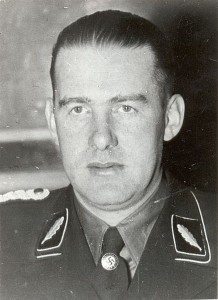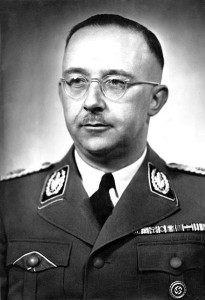

Continue reading Why We Think it is Fitting to Compare BIDs to Nazis



there were a series of four hearings that the chief administrative office staff held on the… the sidewalk vending ordinance. … It’s just this kind of amorphous set of hearings, which were completely dysfunctional, disrespectful, and almost, um, resembled a circus.
In the same meeting, Kerry explained that she wasn’t putting up with this, not for a second, and told everyone what she’d done about it:
So actually, Carol Schatz and I wrote a letter to Herb Wesson, the president of the city council after that meeting saying this is, this is really not being, you know, well-handled, there’s no security, it’s intimidating to people, there are people who did not want to testify. So the subsequent two hearings were, um, maybe a little bit more well-behaved.

The lyrics are cruder than Kerry Morrison’s, but the tune’s the same.2
Continue reading Kerry Morrison in Van Nuys: Where the home in the valley meets the damp dirty prison / Where the executioner’s face is always well hidden1

This was a big step up for Globus, as Odilo was affectionately known to his buddies in the Schutzstaffel, “the vilest organization ever known.”1 In localized modern terms, it’s like being moved from the suburban backwater of Inglewood to the big-time bright-lights-big-city cosmopolis of Hollywood! Globus took to his new surroundings like Samson to the Philistines, and, by late 1943 when he wound up operations, more than 2,000,000 Jews were dead. The organizational aspects of this accomplishment were overwhelmingly intricate, so Globus felt understandably proud of his masterful work and wanted to crow about it. 
The Nazis might have kept telling themselves that the extermination of the Jews was the only means for their survival, but they lacked sufficient faith in this view to share it with the rest of the world. The Nazi police state was born of the fear that not even its own population would understand its campaign of murder. Himmler guessed early on that this “glorious chapter of our history” could never be written, and he prevented Odilo Globocnik from sinking a memorial plaque into the earth for the heroes of Operation Reinhard…In summer 1942 [Himmler] ordered his commanders to find a way to avoid digging any more mass graves and to clear up the old ones. Any form of publicity would be harmful.2
Meanwhile, back on the home front, on December 11, 2014, the Joint Security Committee of the Hollywood Entertainment District BID and the Sunset-Vine BID held its monthly meeting.
Continue reading Somebody at HPOA Is at Least as Good at Public Relations as Heinrich Himmler